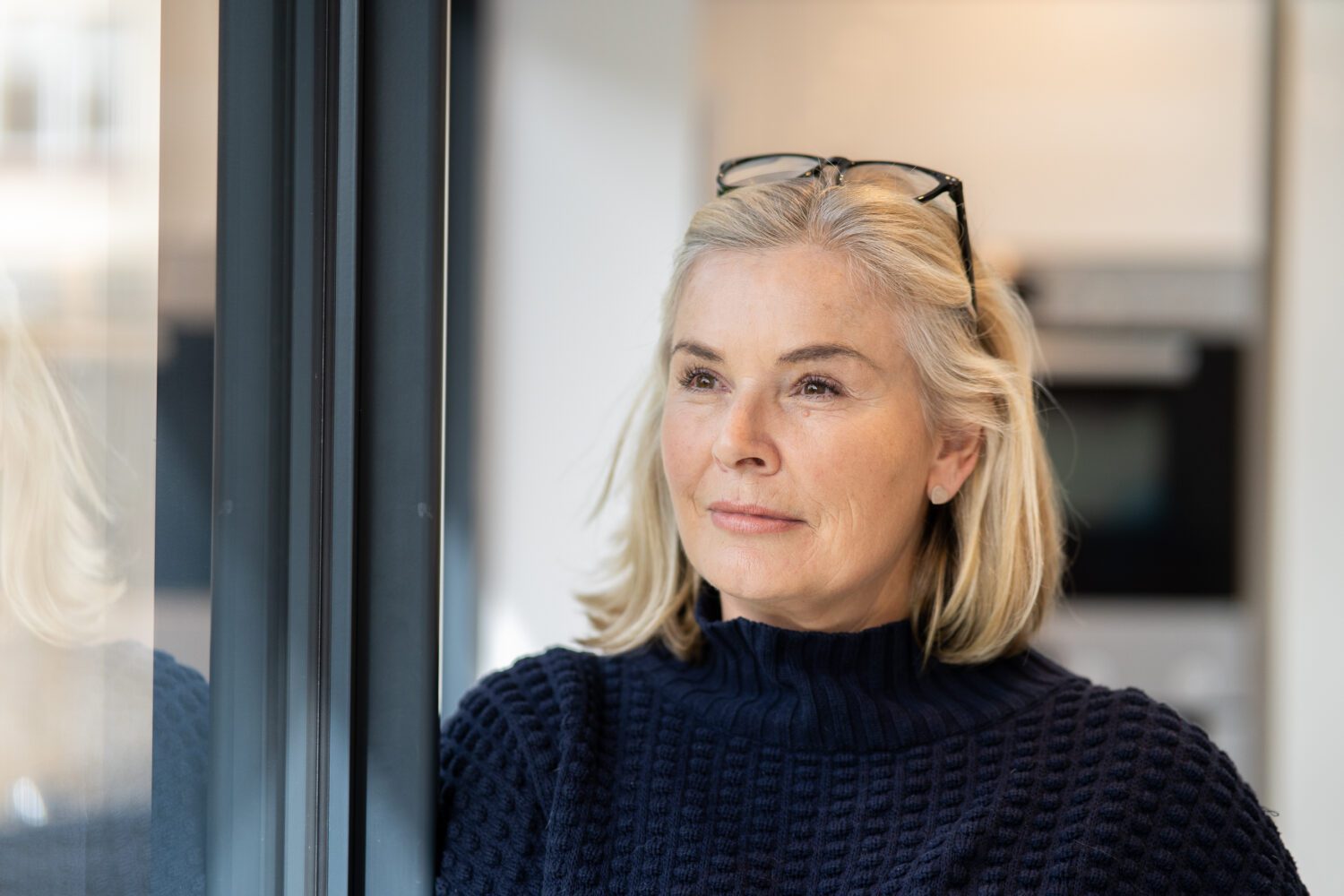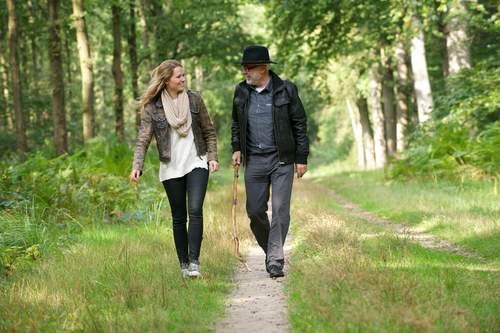What is Brisk Walking and Why Should Older People Do It?
Brisk Walking is defined as 100 steps/minute or 3.5 miles/hour (www. live strong.com). It has numerous well-documented benefits from reducing body fat and lowering blood pressure, to increasing social links and improving mental health and is recommended for all ages, not just later life adults. However, despite the benefits, the prospect of making walking part of a routine let alone reaching the brisk walking pace of 100 steps/minute can be eye-watering for some of my later life clients who might be out of a regular exercise routine. As a result, one of my main roles as an independent Personal Trainer has been to find personal approaches to encourage movement that would eventually lead to brisk walking:
Marise, a long time later life client of mine, initially made contact because she felt she wasn’t moving enough after downsizing to a flat with limited floor space. Cue the pandemic and months of shielding, her ability to leave her flat and walk had significantly reduced while her body mass and muscular aches and pains had increased. The possibility of walking let alone briskly was not negotiable for Marise.
I started on an exercise course aimed at increasing her cardio through the use of a simple step and the strength and muscles in her legs through sets of squats and wall assisted lunges. I then used floor spots to increase the measure of her stride. Finally, I set weekly challenges that started with walking to the bins and then venturing further afield.

Hilary, a lovely older exerciser post knee replacement, knows the benefits of brisk walking since the bones and muscles of both legs have been strengthened by her daily jaunts. As a motivated exerciser, Hilary’s goals are to increase her cardiac fitness through walking. We discussed and applied the Revised Borg Rating of Perceived Exertion scale (0-10) while I challenged her with a variety of cardiac exercises from squats to boxing (yes boxing! Hilary loves it). We agreed that she should walk until she was at a 6 or 7 on the Borg scale and then push for 20-30 more seconds before either resting or reducing her pace to 2/3. Then repeat. This technique, not too dissimilar to interval training, would build Hilary’s aerobic performance, and reduce blood sugar, blood pressure and resting heart rate. I am certain that Hilary will gain the title of a ‘brisk walker’ soon.
Key Benefits of brisk walking for older adults
- Prevents disease by improving blood flow and lowering blood pressure so the risk of a number of conditions is reduced for example coronary heart disease, stroke, cancer and type 2 diabetes.
- A reduction in body fat and maintenance of a healthy weight since calories are burnt from walking.
- Improves cardiovascular fitness and hence heart health, as the heart muscle adapts to a walking routine.
- Strengthens bones and muscles since more than 200 muscles can be used when taking a single stride.
- Elevates mood by releasing endorphins and if it’s sunny, increases Vitamin D absorption.
How can a later life adult start brisk walking as part of their routines?
The sleepy seaside town of Eastbourne displays a plaque along the sea-front, entitled Walking for Health, listing the key benefits and suggesting a route (Princes Park to Holywell) to meet the recommended distance to achieve a Brisk Walking pace. While the quant Victorian-style seaside Bed and Breakfasts, and the sun-drenched historical pier might not be on all of our doorsteps, the key to starting Brisk Walking as an older adult is to find the right motivation. Top tips I have given my older clients to start walking:
- Finding a scenic route where you can enjoy the view, photograph and share discoveries with family or friends.
- Joining a social walking group that meets regularly. www.bopag.org.uk is a site that empowers older people in Buckinghamshire to walk together and offers services by area.
- As with Marise, setting small weekly tasks gradually increases the distance.
- Setting a specific time of day to go walking.
- Meeting someone for a coffee at the final point of the walk increases the distance each week or month.
- As with Hilary, using the Borg scale to challenge pace.
The most important piece of advice is to go at your own pace. Older adult exercisers are not all at the same level of fitness. As a result, the advice should be differentiated and personal; if a client lacks the ability to leave their house for various reasons, the initial goal should not be a brisk walk but a manageable distance, for example aiming to reach the front gate. By contrast, if a client can walk but struggles with motivation, finding a walking buddy or group and committing to a time or place should be the first step.
